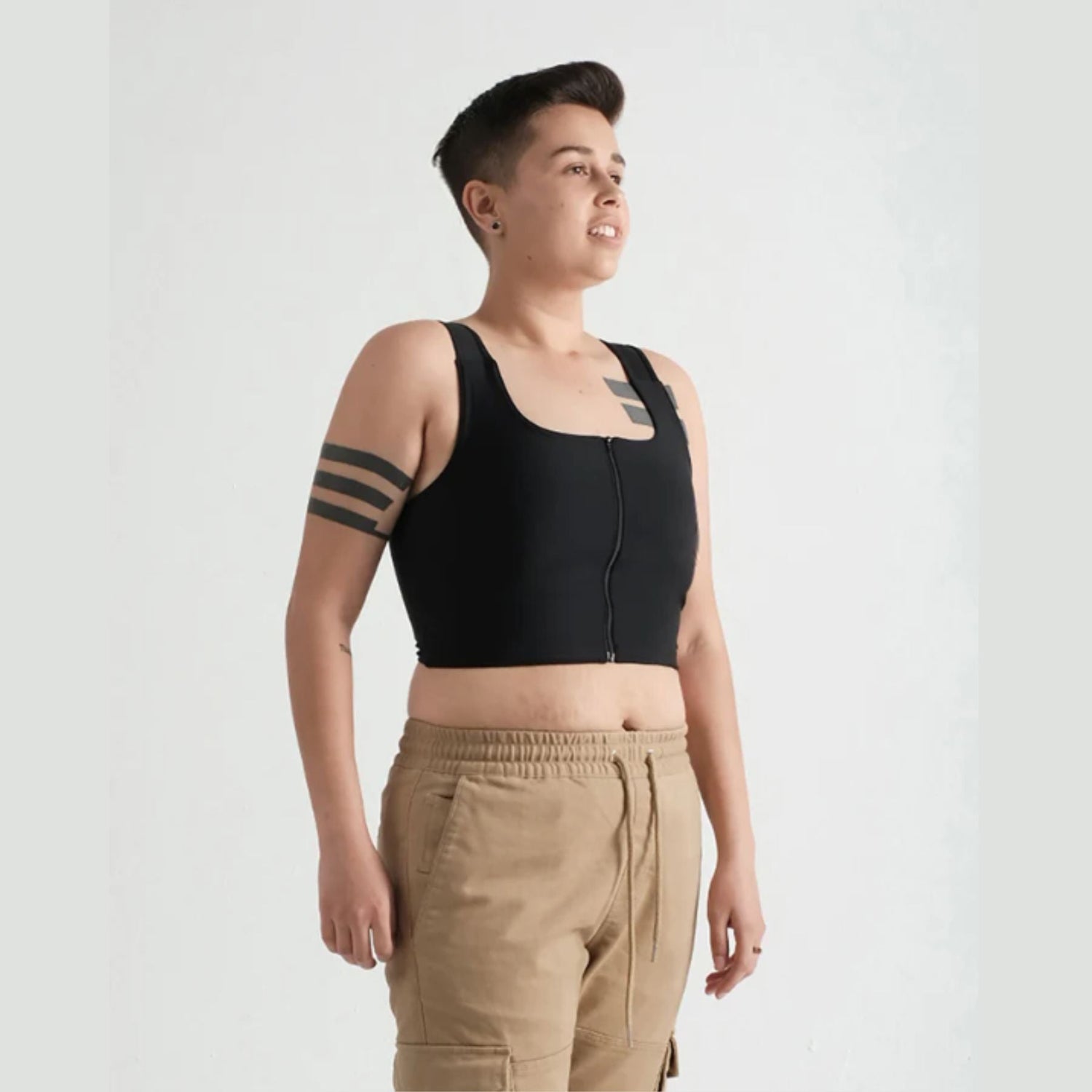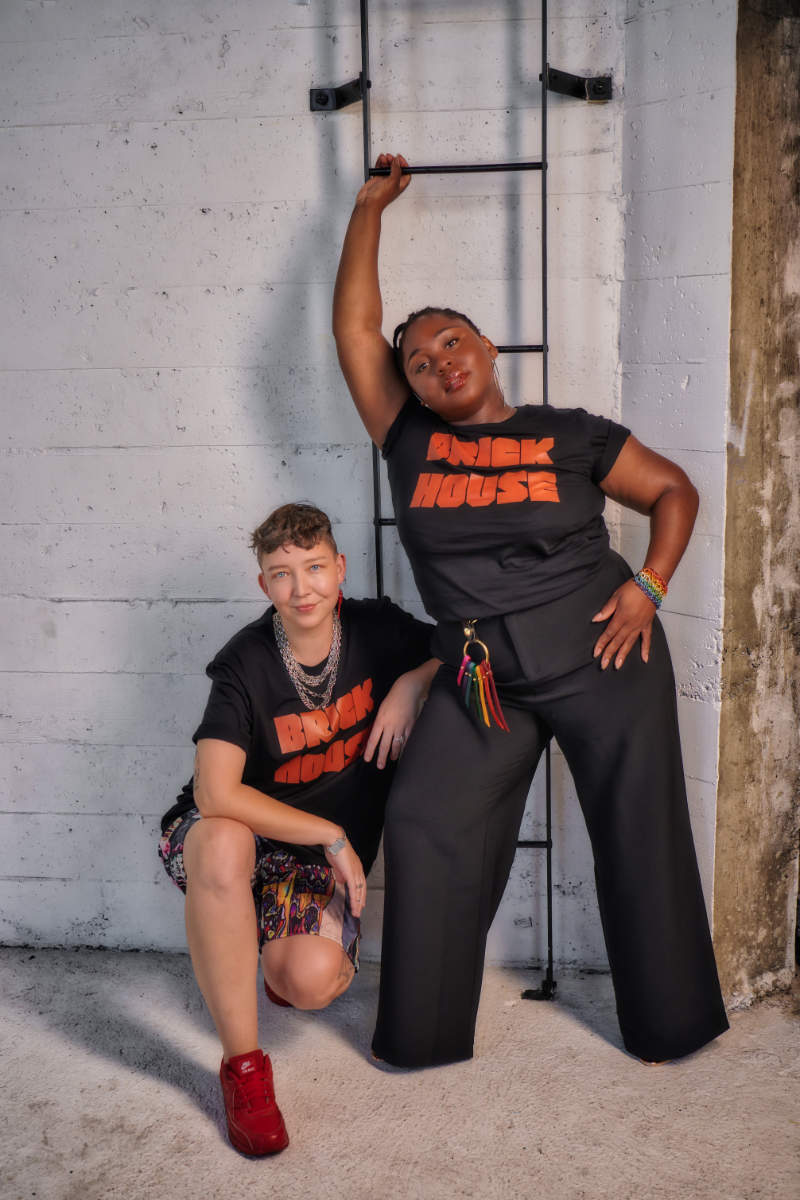Fashion Designer Diane von Furstenberg (of colorful print fabric and wrap-dress fame) had this to say at the Wall Street Journal's Future of Everything festival:
“If you are a size 2 and if you are a size 16, you do not use the same amount of fabric. You also don’t want to penalize the small people [who would be] paying more because the price has to be the same. It may be very controversial to bring that up. But I think it’s important.”
She's wrong. There's a lot to unpack here, so let's get started.
First of all, von Furstenberg sells her clothing on 11 Honoré, a designer plus-size online boutique, so it's weird that she would bring up this out-dated thinking about plus sizes, possibly alienating some customers.
It's also odd that she seems to consider size 16 to be the top end of the size chart when it's really the middle. According to the 2016 study published by the International Journal of Fashion Design, the average size of an American woman is size 16.
It isn't even accurate that as you go up in size, it requires way more fabric. Take a look at the chart below that shows the yardage required by our Ribbed Knit Cropped Top.
| Size | XS | S | M | L | XL | 2XL | 3XL | 4XL | 5XL |
| Yards of fabric | 1 | 1 | 1 | 1.13 | 1.22 | 1.33 | 1.62 | 1.79 | 1.7 |
As you can see, yes, there is more fabric required in the larger sizes, but it isn't that much. And, an interesting thing happens when you go from 4XL to 5XL - less fabric is needed. Why is that? It's because fabric comes in large rectangles, and brands work with factories to use the fabric as efficiently as possible. Using software, manufacturers lay out pattern pieces from the designer onto the fabric and arrange them to use the least amount of fabric. In this case, the 5XL pattern pieces can be arranged so that they actually use less fabric than the 4XL pattern.
Companies typically zero in on the fabric as an excuse not to do plus sizes. But, there are a ton of other aspects of clothing design and production that contribute to cost, including the type of fabric, how complicated a style is, how it's manufactured - the list goes on and on. All of these costs are broken down and factored into the cost of a garment for all sizes, and they have nothing to do with size. So why can't they do that with fabric? (Spoiler: they can.)
Yes, there are factors that contribute to the cost of plus-size clothing: pattern-making, fitting, pattern grading (making a pattern bigger or smaller to add sizes). But, considering that the average size is 16, it is absolutely possible to have a profitable fashion brand that offers inclusive sizing when the demand is so high.
The not-so-subtle implications in von Furstenberg's statement are that a size 16 is on their own for clothes or they should lose weight to fit into a smaller size range. Fatphobia rears its ugly head once again, saying that somehow being fat is a choice and too bad if you made whatever choice that is.
We'll end on this point: men's sizes usually go up to an XL or XXL before getting into "Big and Tall" sizes, and these "straight" sizes for men are equivalent to plus sizes for women (ugh, the gender binary in fashion SUCKS), but there's never any discussion of charging men more. There are also different offerings in height (Tall, Petite, etc.) but those also don't come with different price tags.
Stop making plus-size people the scapegoats.
It's not just us! Read more about how other experts debunked von Furstenberg's statement.




